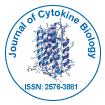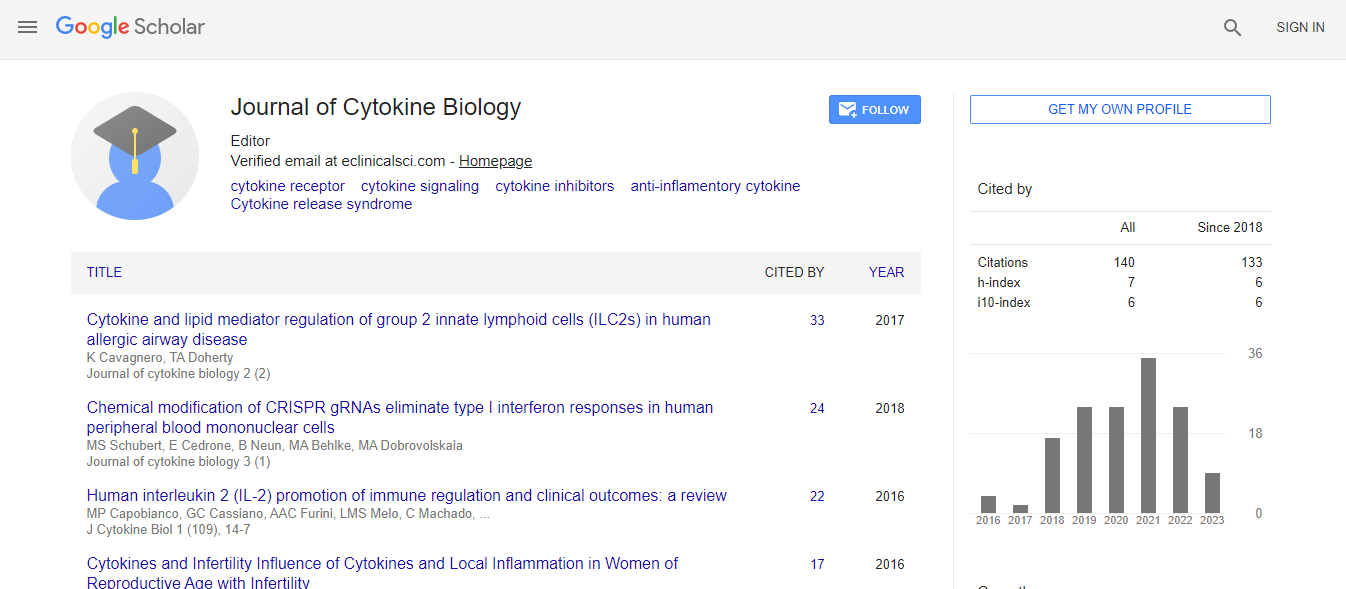Dual mechanism of action of PTC299 and other DHODH inhibitors in suppressing SARS-CoV-2 replication and cellular cytokine storms
*Corresponding Author: Stuart W. Peltz, PTC Therapeutics, Inc. South Plainfield, NJ, 07080, U.S.A, Email: speltz@ptcbio.com
Citation: Peltz SW, Goodwin E, Weetall M, Graci JD, Welch EM,et al. (2021) Dual Mechanism of Action of PTC299 and other DHOHD Inhibitors in Suppressing SARS-CoV-2 Replication and Cellular Cytokine Storms. J Cytokine Biol 6:2:100037.
Copyright: © 2021 Peltz SW, et al. This is an open-access article distributed under the terms of the Creative Commons Attribution License, which permits unrestricted use, distribution, and reproduction in any medium, provided the original author and source are credited.
Abstract
COVID-19, the pandemic arising from the third coronavirus outbreak in the past 20 years, will not be the last. Identifying therapies for COVID-19, and possibly future outbreaks, is of great importance. COVID-19 is characterized by an initial phase of viral replication followed by an excessive pro-inflammatory response (cytokine storm). PTC299 is an orally available compound that is a potent inhibitor of dihydroorotate dehydrogenase (DHODH), the rate-limiting enzyme in the de novo pyrimidine biosynthesis pathway. Recent in vitro findings indicate that PTC299 acts via a dual mechanism to inhibit viral replication and the cytokine storm, both of which are dependent on intracellular pyrimidine levels. Consistent with PTC299 targeting a host enzyme, the drug demonstrates broad antiviral activity, and is likely to be impervious to viral resistance. These characteristics may be critical when SARS-CoV-2 becomes endemic or mutates sufficiently to be resistant to current vaccines, as well as during future coronavirus outbreaks.

 Spanish
Spanish  Chinese
Chinese  Russian
Russian  German
German  French
French  Japanese
Japanese  Portuguese
Portuguese  Hindi
Hindi 